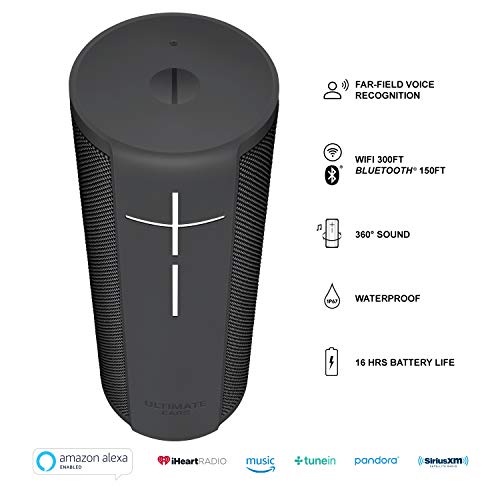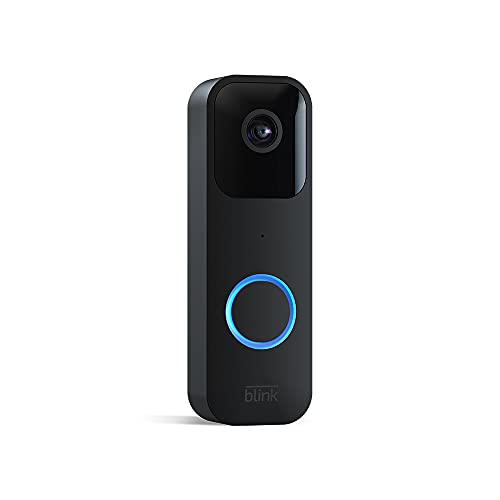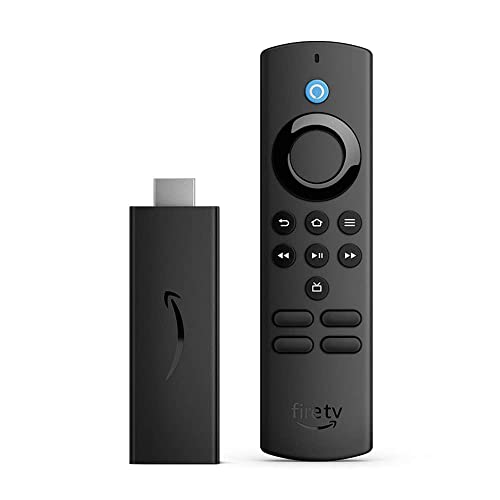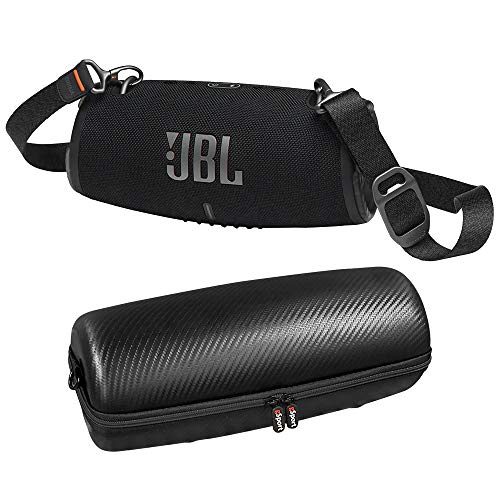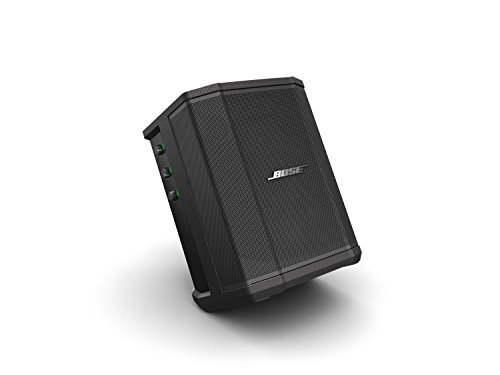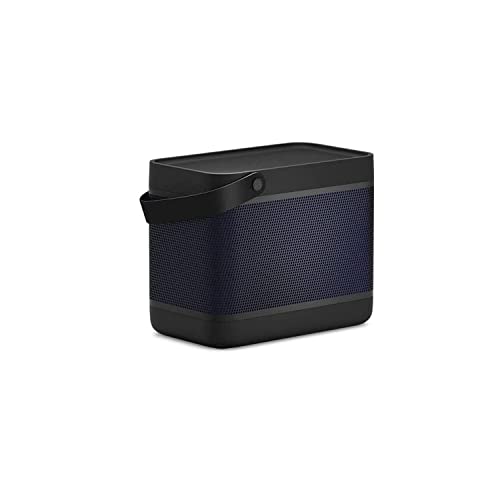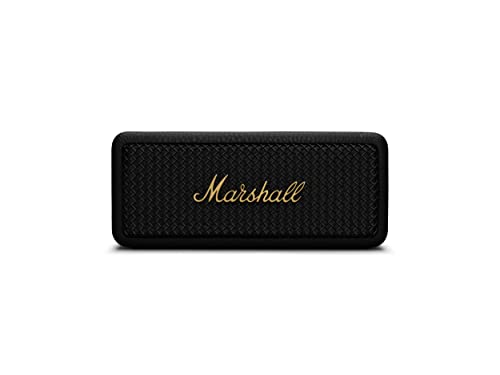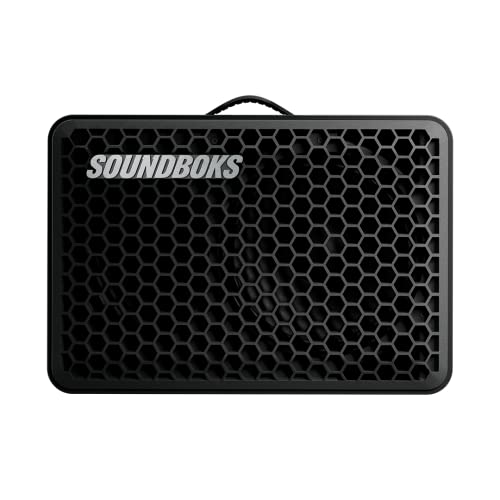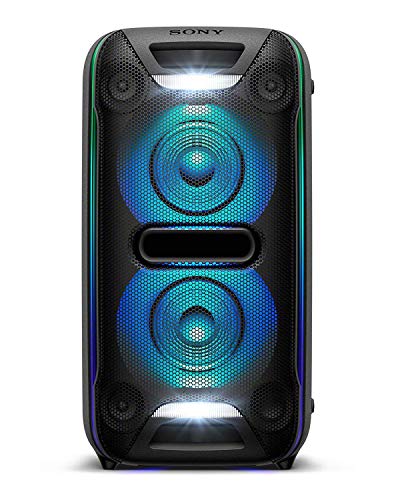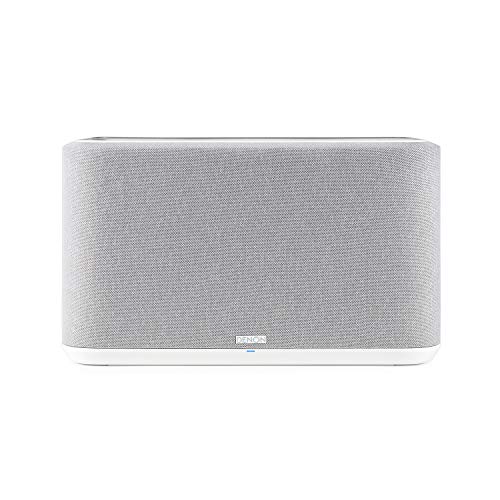If you’re looking to understand the difference between a 3.1 vs a 5.1 soundbar, there are only a few things you need to know. A soundbar’s basic technology and software have seen a few changes over the years, with version 5.1 being the most recent. There are some differences in performance, use, and cost in even the best speakers of this type.
KEY TAKEAWAYS:
- 5.1 soundbars are designed for surround sound, which is the main reason for their higher price points.
- 3.1 soundbars don’t necessarily offer inferior sound quality to comparable 5.1 models and excel at dialogue-heavy content.
- It’s probably not worth the greater cost to get a 5.1 soundbar if you don’t plan on watching or listening to content designed for surround sound.
While you’re at it, you might want to look into the pros and cons of soundbars vs bookshelf speakers and Sonos Playbar vs Arc. You may also want to read about more options, like in-wall vs. bookshelf speakers.
Comparing a 5.1 vs a 3.1 Soundbar
The 3.1 soundbars was introduced several years ago as an upgrade to 2.0 soundbars, offering three channels of audio playback instead of stereo playback. More recently, 5.1 soundbars came on the market, offering five channels of high-quality audio and making it a good starting point for surround audio playback.
Insider Tip
Generally, 3.1 soundbars are great for dialogue-heavy content and are a good choice if that’s the kind of media you watch or listen to the most.
Currently, both 3.1 and 5.1 models are widely available at various price points. However, there are differences in cost, performance quality, and usage between the two. These are important to consider since not all users will benefit from or even want five-channel audio.
Performance
The biggest difference between 3.1 and 5.1 is the number of channels (and speakers) a soundbar has. All 3.1 soundbars feature 3 channels of audio nominally considered stereo (left and right) and center. They may or may not have a built-in subwoofer, in which case it must be purchased separately. They’re designed specifically for the clearest reproduction of dialogue, making them great for dialogue-heavy content.
Conversely, 5.1 soundbars feature 5 separate channels of audio, which include right and left surround channels. This makes them an excellent option as the top surround sound systems (though there are soundbars on the market with even more surround channels).
Theoretically, this makes audio quality on 5.1 models “better” because it’s more immersive. However, the quality of each channel isn’t better than comparable 3.1 models. If you’re not watching or listening to content designed for surround playback, the extra cost of 5.1 soundbars will be wasted. Still, the edge goes slightly to 5.1 models here.
Cost
The difference here is fairly straightforward; a 5.1 channel soundbar will generally be pricier, sometimes significantly so, than a comparable 3.1 soundbar, simply because it offers the extra functionality of surround sound. The cost of a “budget” 5.1 model will start at around $150, whereas budget 3.1 models can be found for well under $100.
It’s well worth considering whether you’re going to use surround sound in the home before deciding between the two since those extra channels will significantly increase the price without upgrading the audio quality, per se.
Usage
Directly related to performance, the main difference between what you can use a 3.1 and 5.1 soundbar for is that a 5.1 can be set up for surround sound and a 3.1 can’t. Beyond that, 3.1 soundbars are explicitly designed for dialogue-heavy content, making them a little better for that purpose despite a 5.1’s larger number of channels.
It’s somewhat of a draw between the two here since it very much depends on your specific needs, but 3.1 probably has the edge since it’s the more general-purpose design.
Warning
5.1 soundbars are designed for surround sound and aren’t worth the extra expense if you’re not planning on watching surround-capable content.
F.A.Q.S
What’s the difference between a 2.1 and 3.1 soundbar?
The main difference between a 2.1 and 3.1 soundbar is the number of channels or speakers it has. While both include a great subwoofer (as do 5.1 models), 2.1 soundbars have only two audio channels (also called stereo), while 3.1 models feature left, right, and center channels or speakers.
What’s the best kind of soundbar to get?
It depends on your needs. If you’re planning to watch or listen to surround sound content, 5.1 soundbars are necessary. Otherwise, you’ll save significant money buying a 3.1 soundbar of the same quality and with a much simpler set-up.
What is surround sound?
Simply put, “surround sound” refers to directional audio that fills the entire room, creating the illusion to the listener of multi-directional sound. It’s a more immersive technology than standard stereo or stereo/center sound, but not all content (or audio gear) is capable of utilizing it. 5.1 Soundbars are designed for surround playback.
STAT: 5.1 sound was introduced by Kodak in 1990, but only in more recent years has it become common in home audio. (source)

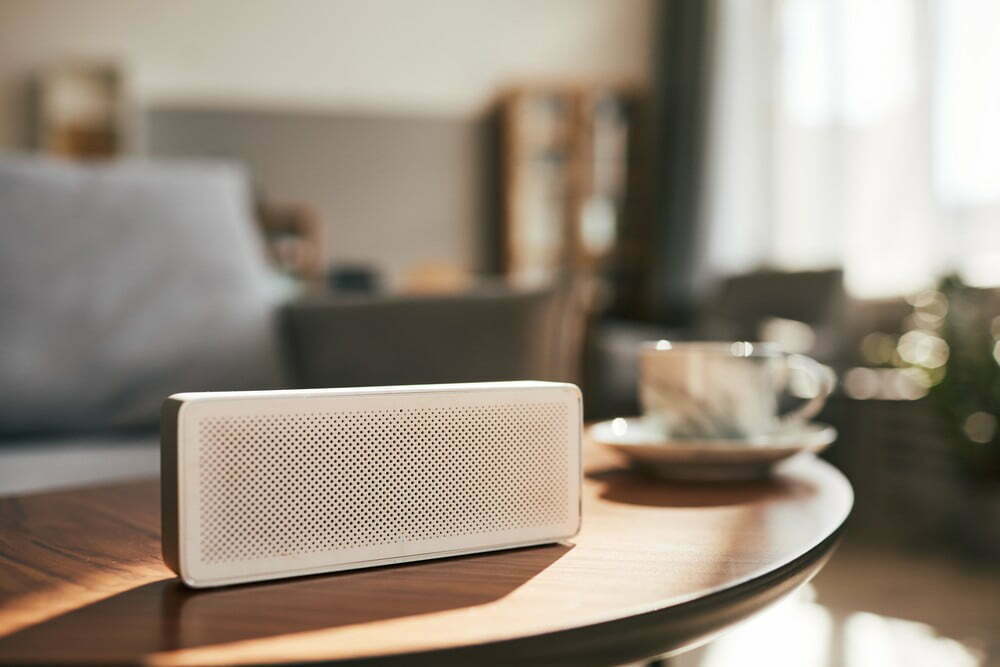













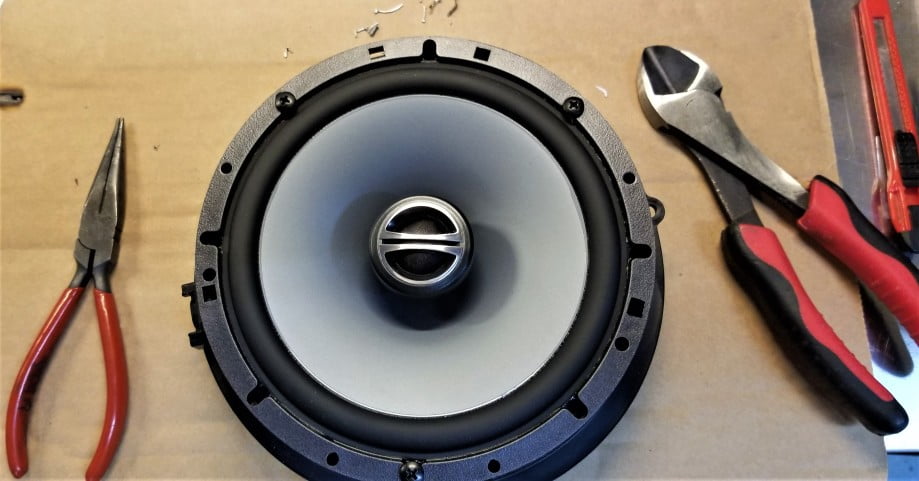
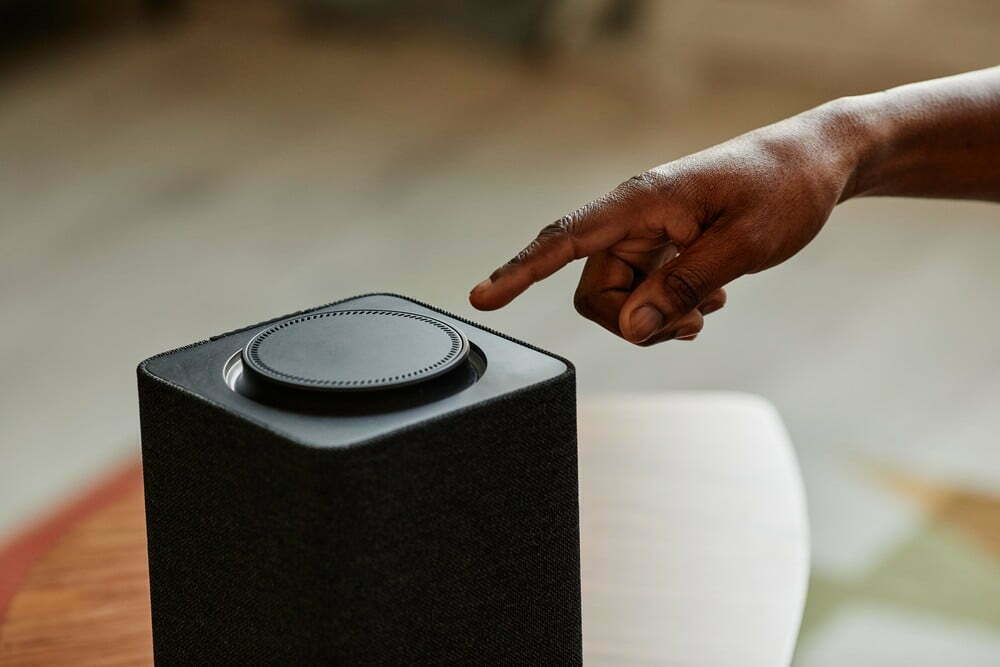
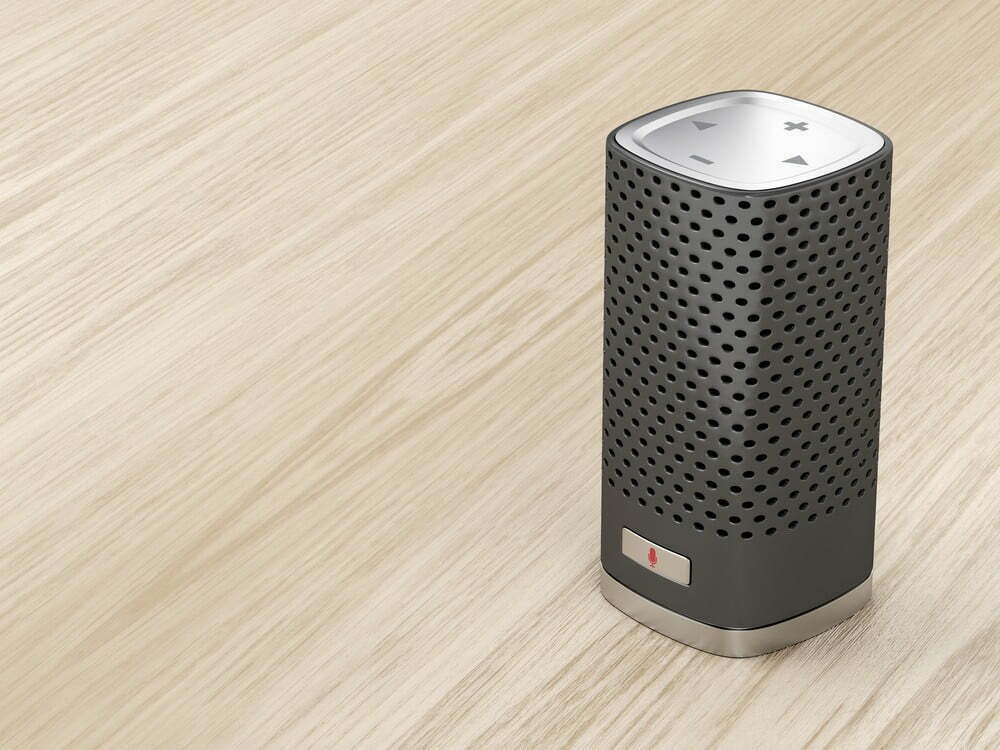


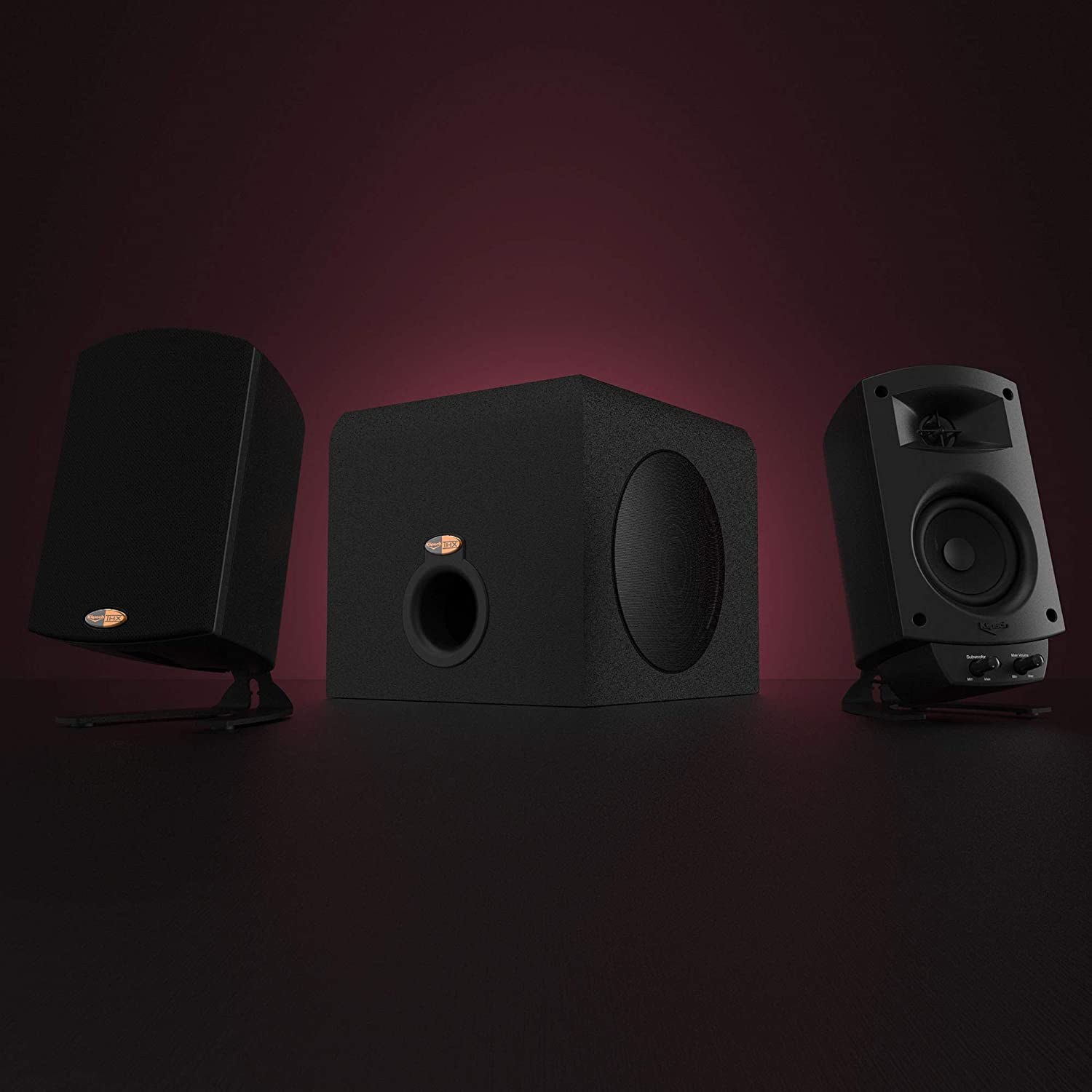
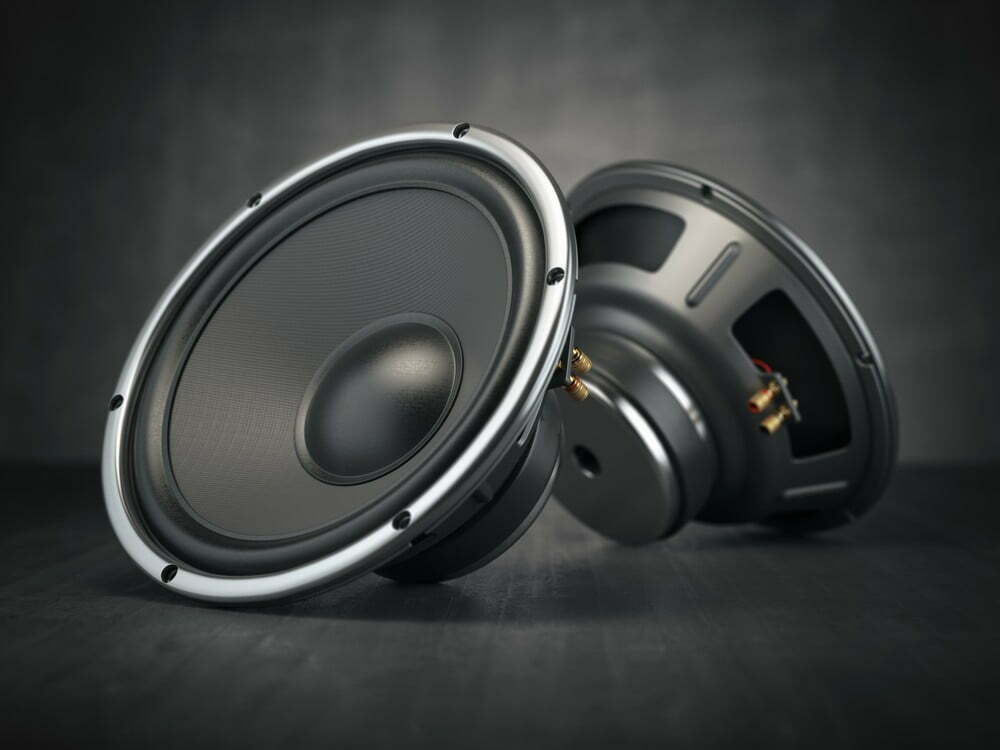
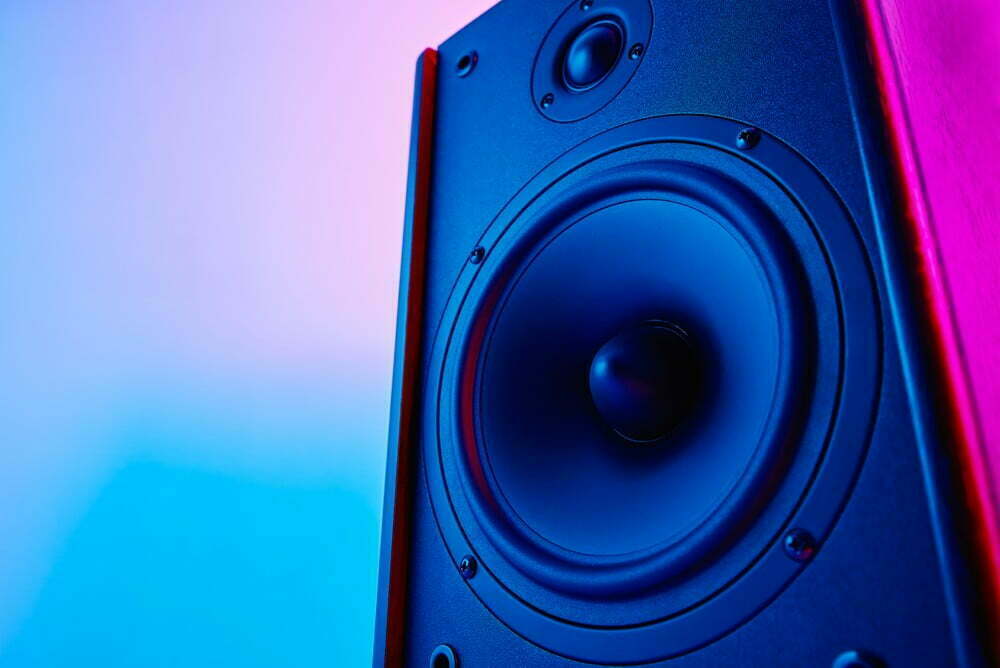
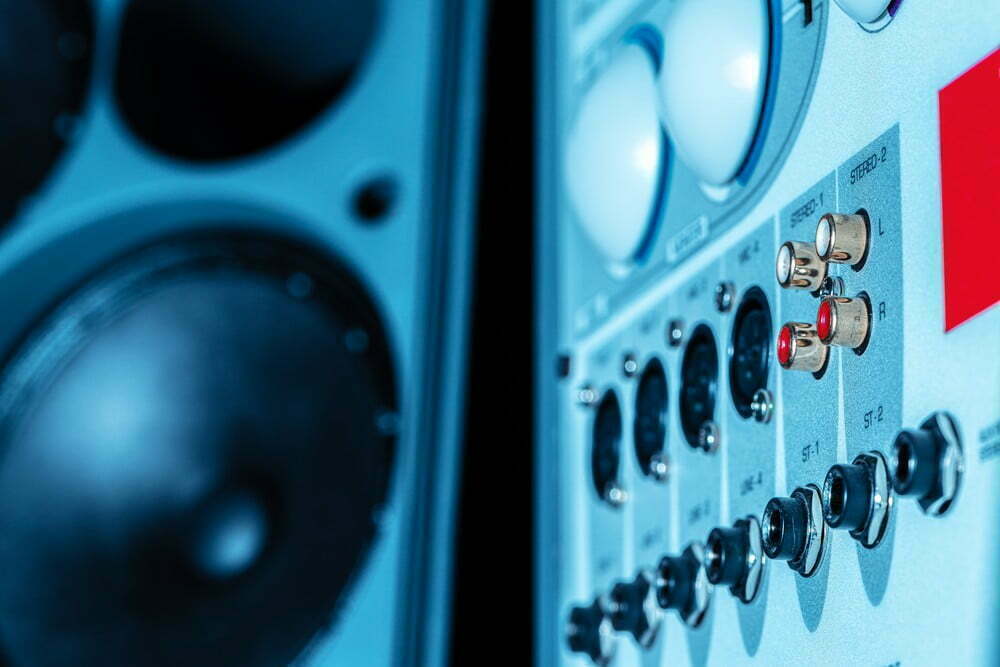

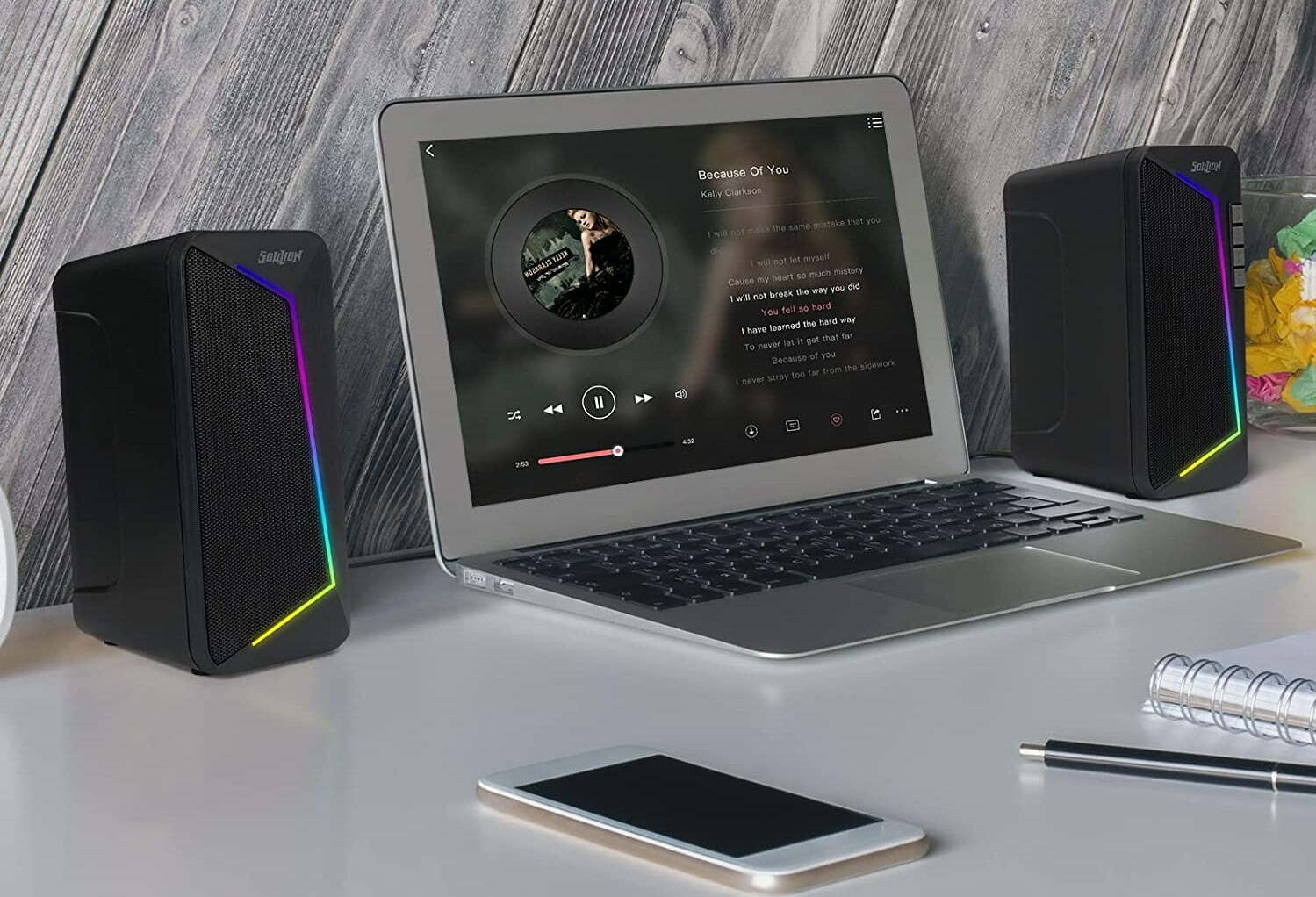
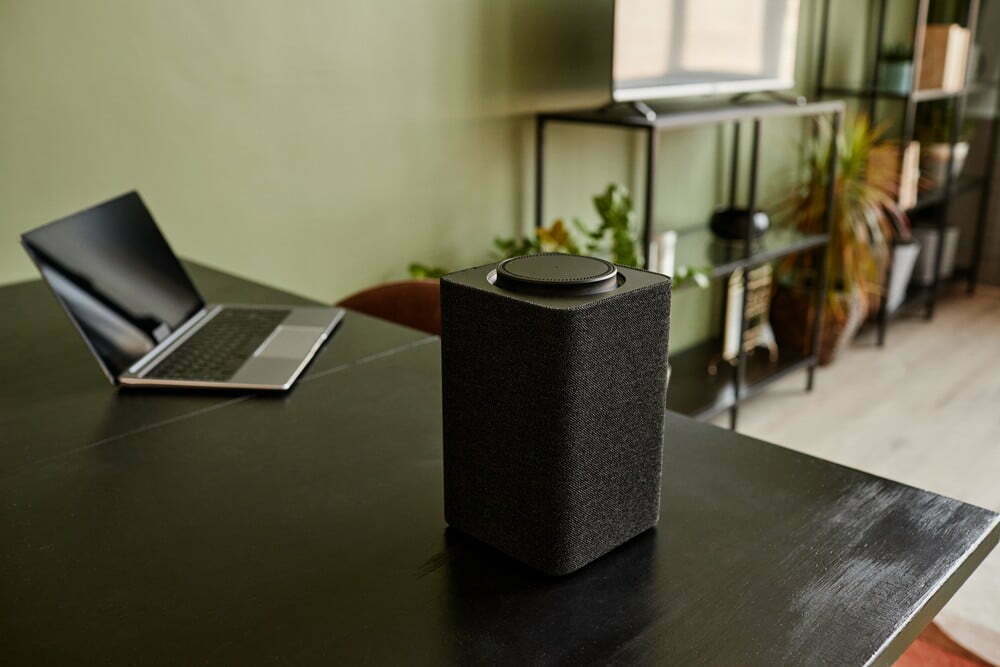

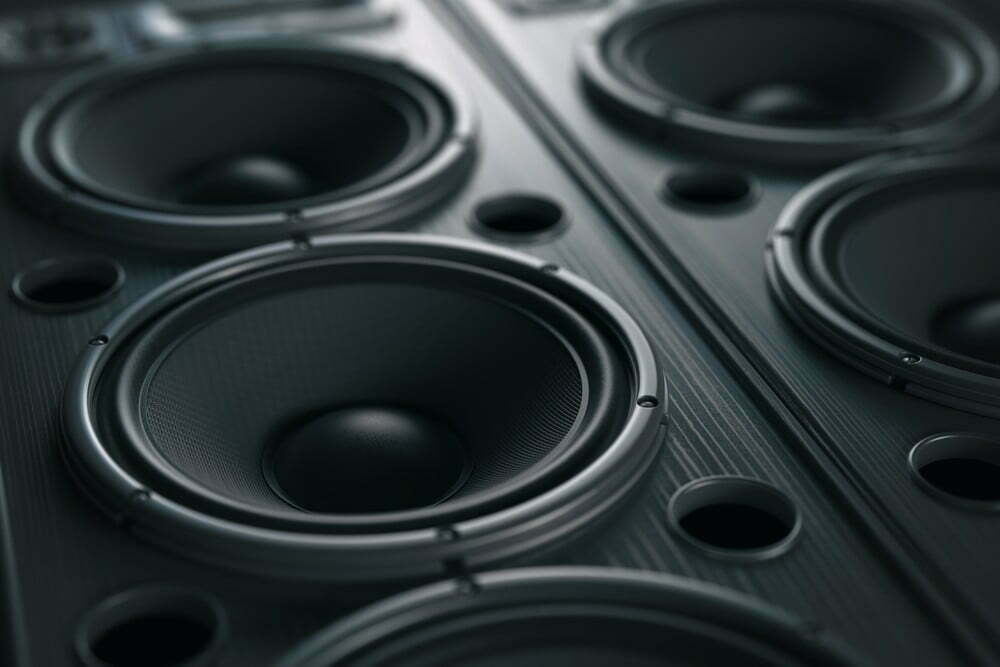

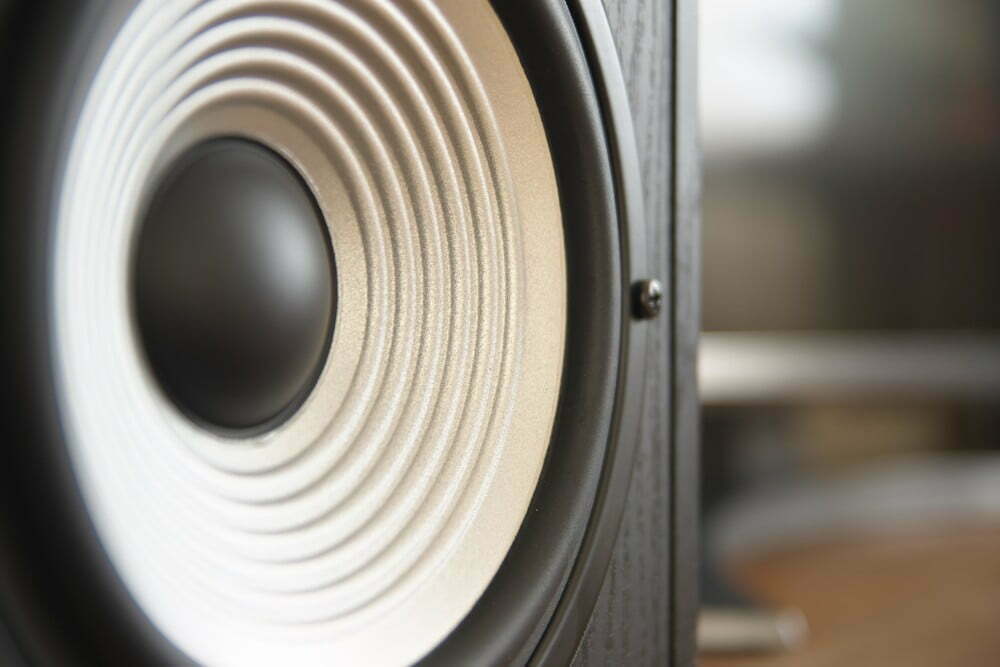

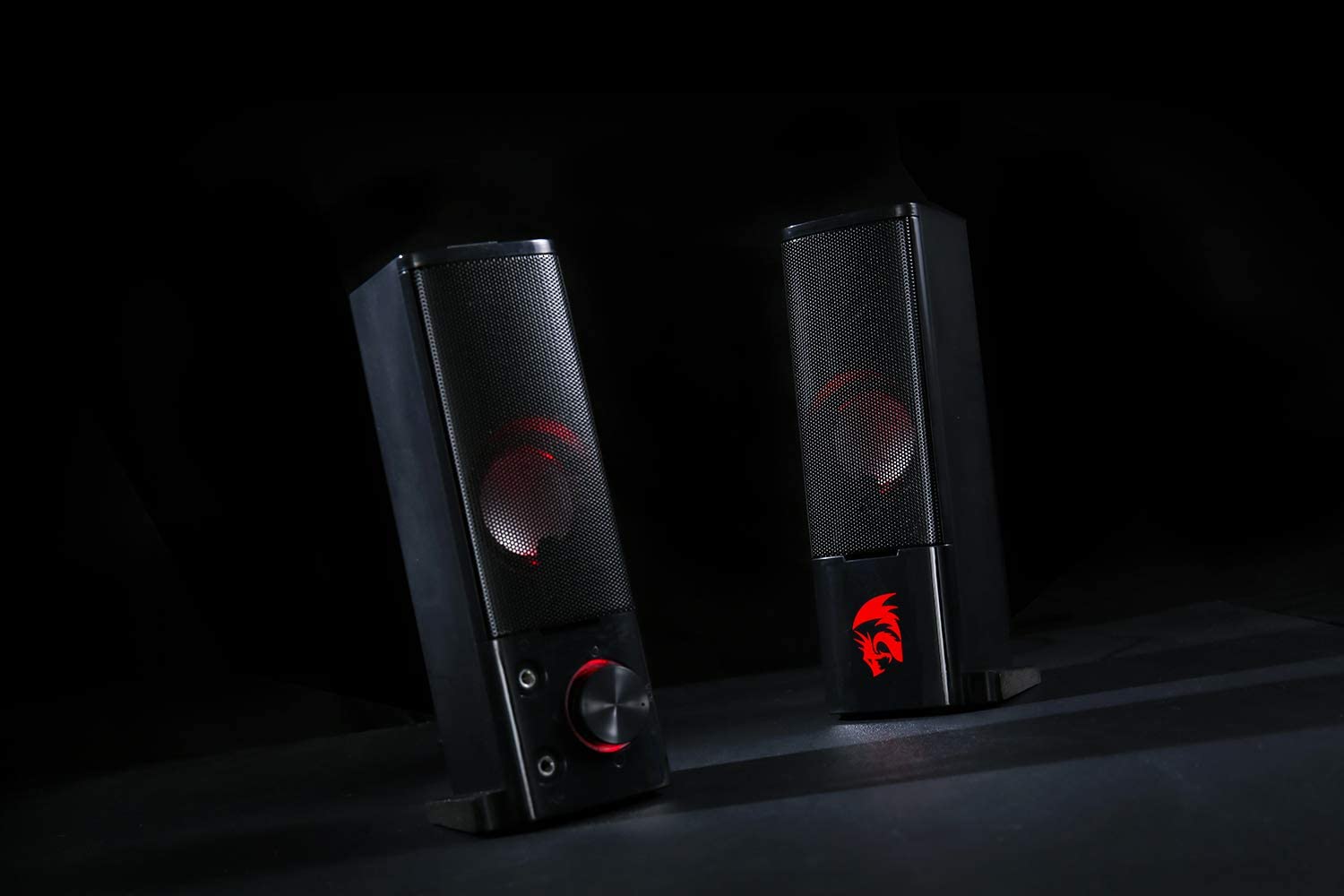
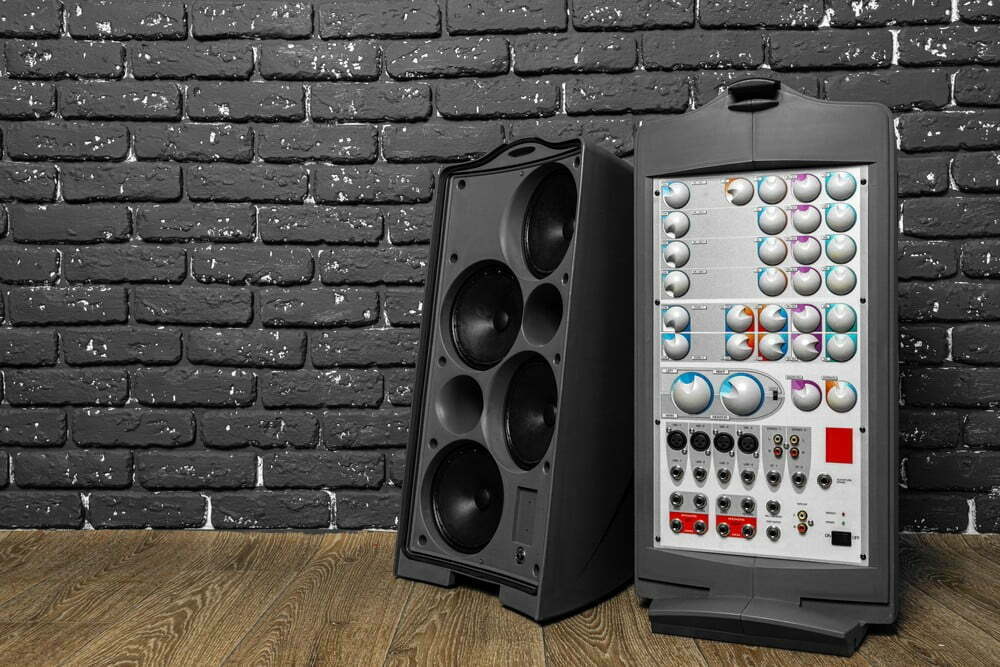
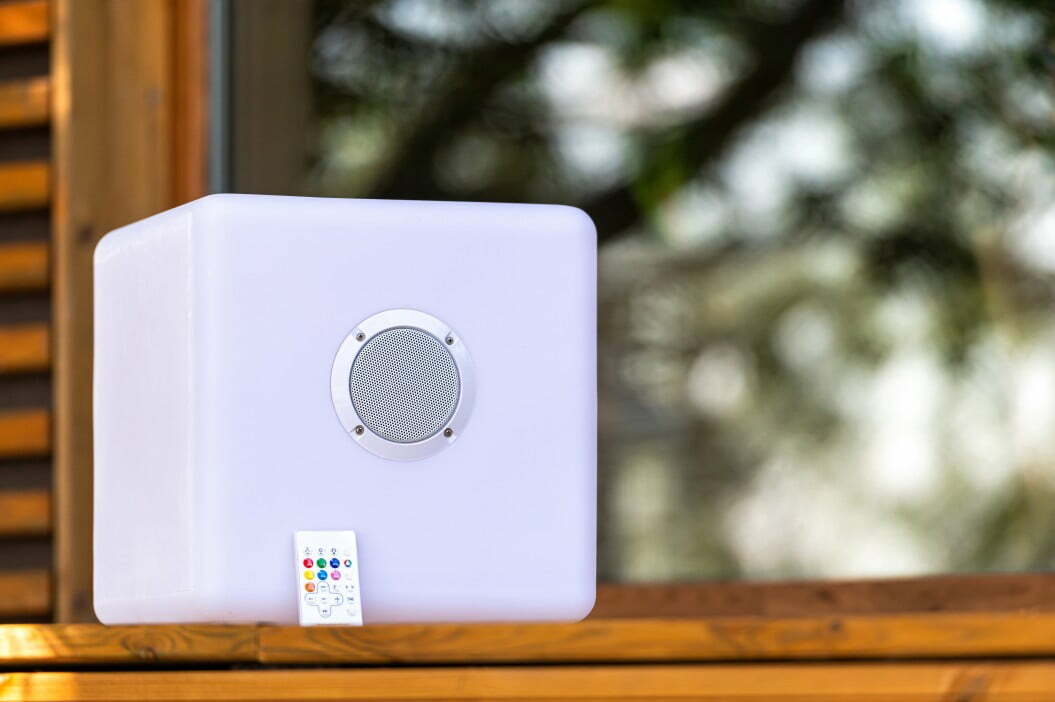
![Best Powered Speakers in [year] 27 Best Powered Speakers in 2026](https://www.gadgetreview.dev/wp-content/uploads/best-powered-speakers-image.jpg)
![Best Stereo Speakers in [year] 28 Best Stereo Speakers in 2026](https://www.gadgetreview.dev/wp-content/uploads/best-stereo-speakers-image.jpg)
![Best SoundBar in [year] ([month] Reviews) 29 Best SoundBar in 2026 (January Reviews)](https://www.gadgetreview.dev/wp-content/uploads/best-soundbar-image.jpg)
![Best Subwoofers in [year] ([month] Reviews) 30 Best Subwoofers in 2026 (January Reviews)](https://www.gadgetreview.dev/wp-content/uploads/best-subwoofer-image.jpg)
![Best TableTop Radio in [year] ([month] Reviews) 31 Best TableTop Radio in 2026 (January Reviews)](https://www.gadgetreview.dev/wp-content/uploads/best-tabletop-radios-image.jpg)
![Best 8 Inch Subwoofers in [year] 32 Best 8 Inch Subwoofers in 2026](https://www.gadgetreview.dev/wp-content/uploads/best-8-inch-subwoofer-image.jpg)
![Best Surround Sound Systems in [year] 33 Best Surround Sound Systems in 2026](https://www.gadgetreview.dev/wp-content/uploads/best-surround-sound-system-image.jpg)
![Best Laptop Speakers in [year] 34 Best Laptop Speakers in 2026](https://www.gadgetreview.dev/wp-content/uploads/best-laptop-speakers-image.jpg)
![Best Wireless Surround Sound Speakers in [year] 35 Best Wireless Surround Sound Speakers in 2026](https://www.gadgetreview.dev/wp-content/uploads/best-wireless-surround-sound-image.jpg)
![Best Bose Speakers in [year] 36 Best Bose Speakers in 2026](https://www.gadgetreview.dev/wp-content/uploads/best-bose-speakers-image.jpg)
![Best Home Stereo Systems in [year] 37 Best Home Stereo Systems in 2026](https://www.gadgetreview.dev/wp-content/uploads/best-home-stereo-system-image.jpg)
![Best WiFi Speakers in [year] 38 Best WiFi Speakers in 2026](https://www.gadgetreview.dev/wp-content/uploads/best-wifi-speakers-image.jpg)
![Best Wireless Home Theater Systems in [year] 39 Best Wireless Home Theater Systems in 2026](https://www.gadgetreview.dev/wp-content/uploads/best-wireless-home-theater-system-image.jpg)
![Best Party Speakers in [year] 40 Best Party Speakers in 2026](https://www.gadgetreview.dev/wp-content/uploads/best-party-speakers-image.jpg)
![Loudest Bluetooth Speakers in [year] 41 Loudest Bluetooth Speakers in 2026](https://www.gadgetreview.dev/wp-content/uploads/loudest-bluetooth-speaker-image.jpg)
![Best Car Speakers for Bass in [year] 42 Best Car Speakers for Bass in 2026](https://www.gadgetreview.dev/wp-content/uploads/best-car-speakers-for-bass-image.jpg)
![Best Marine Speakers in [year] 43 Best Marine Speakers in 2026](https://www.gadgetreview.dev/wp-content/uploads/best-marine-speakers-image.jpg)
![Best JBL Speakers in [year] 44 Best JBL Speakers in 2026](https://www.gadgetreview.dev/wp-content/uploads/best-jbl-speakers-image.jpg)
![Best Home Theater Speakers in [year] 45 Best Home Theater Speakers in 2026](https://www.gadgetreview.dev/wp-content/uploads/best-home-theater-speakers-image.jpg)
![Best Waterproof Speakers in [year] 46 Best Waterproof Speakers in 2026](https://www.gadgetreview.dev/wp-content/uploads/best-waterproof-speaker-image.jpg)





